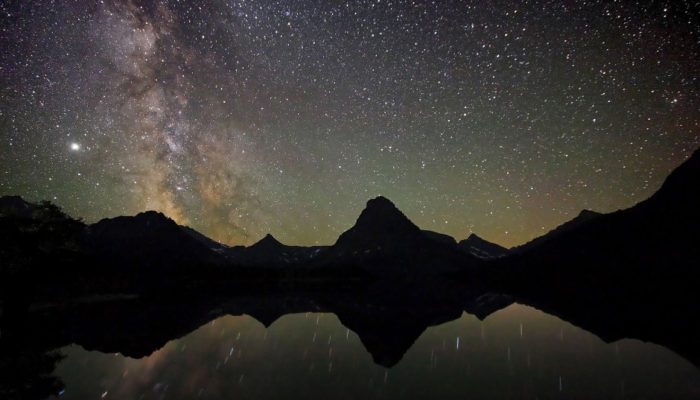For this year’s Photo Contest, EGU received a number of amazing images capturing a broad spectrum of the geosciences. Since the selection committee whittled the field down to 10 finalists, you have been voting for your favourites throughout EGU24’s week-long conference, both on-site in Vienna at the EGU booth, and online. After an enthusiastic response from voters, we are now ready -and very ...[Read More]
EGU24 Photo Competition finalists – who will you vote for?
This year’s Photo Competition judging panel did a fantastic job of narrowing down the outstanding photo submissions to the EGU’s Photo Competition to just 10 finalists! The finalist photos are listed below and on the Imaggeo website where you can vote for them from Sunday 14 April until Thursday, 18 April 2024 – voting closes at 18:00 CEST. The three photos with the most votes will be ...[Read More]
Imaggeo On Monday: the EGU Photo Competition – 3 DAYS LEFT!
We are so excited for your images to show us other ways of experiencing this wonderful planet and our place in the wider dance of our solar system, in the EGU24 Photo Competition just like one of our first ever winners, Christian Klepp did with this gorgeous image ‘Patterns in the Void’ in 2010. Remember your image can be of anything, even a gif or a video, and can have been captured a ...[Read More]
Imaggeo On Monday: the EGU Photo Competition – not just landscapes!

In 2010 EGU held our first annual Photo Competition at the General Assembly in Vienna. Since then hundreds of photos have been shared on imaggeo by geoscientists and researchers just like you, with a lucky few being selected each year to be highlighted during the meeting and voted on by our members. These images can be of anything to do with geology or geoscience – we get many beautif ...[Read More]



